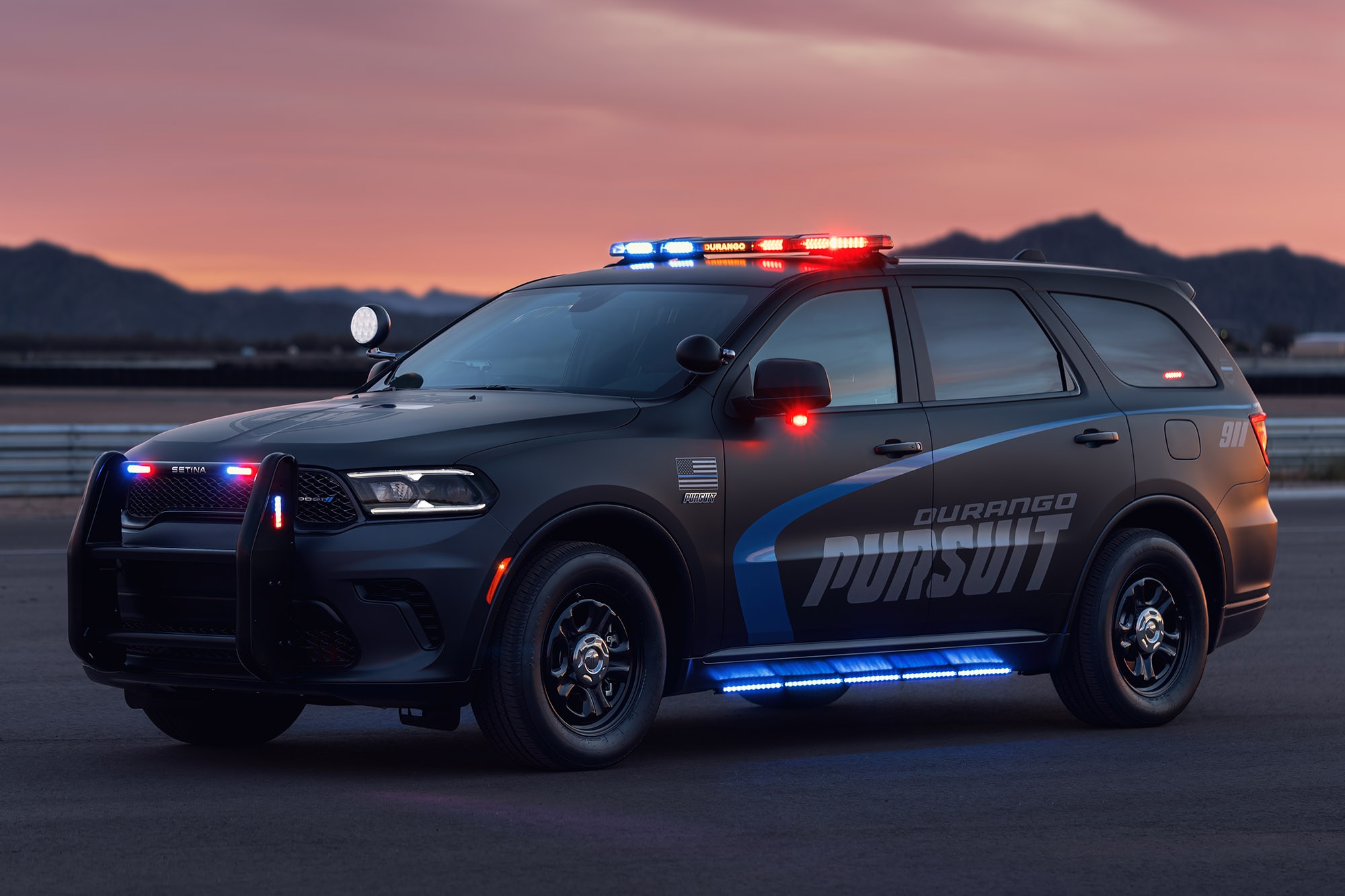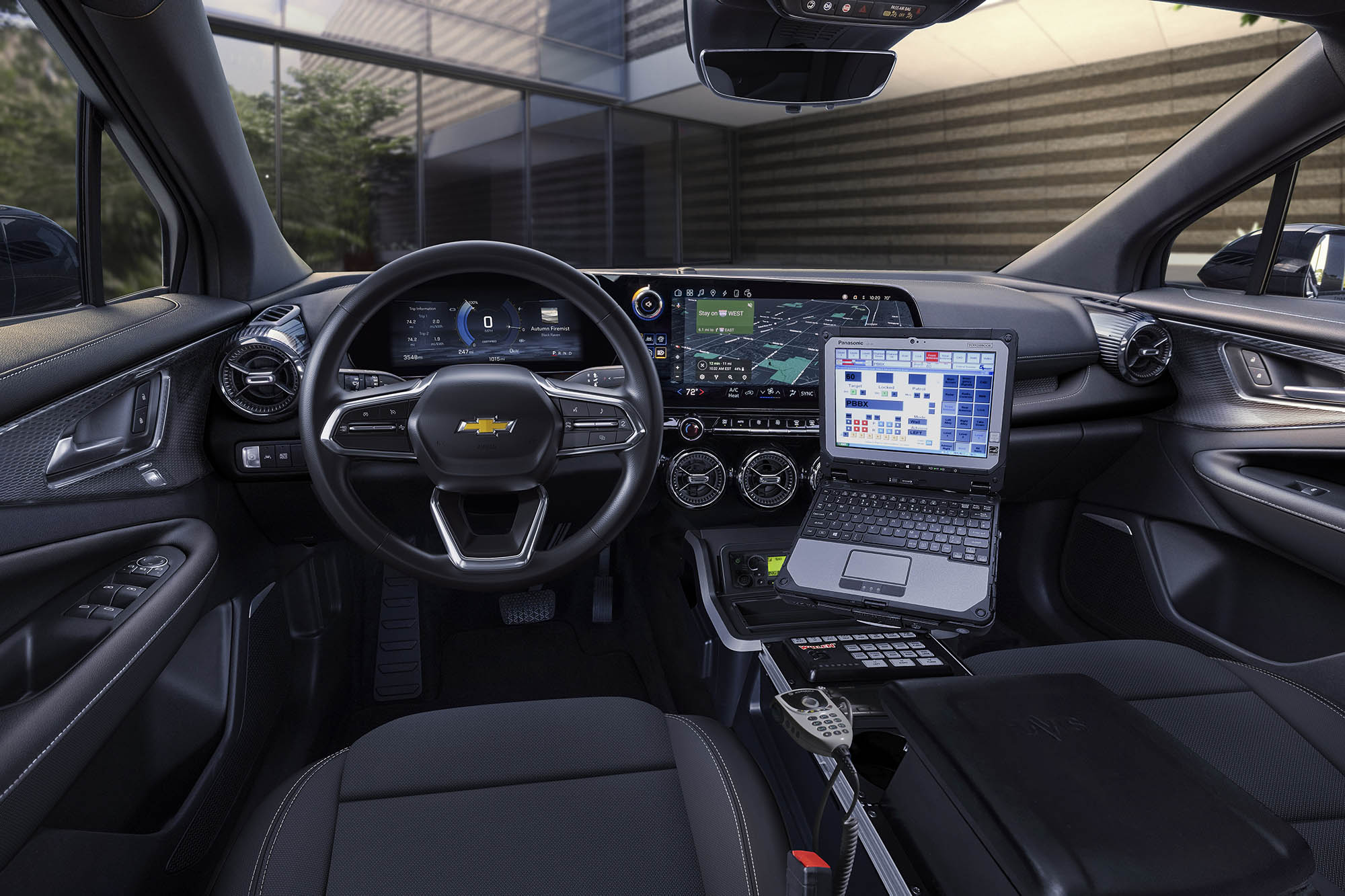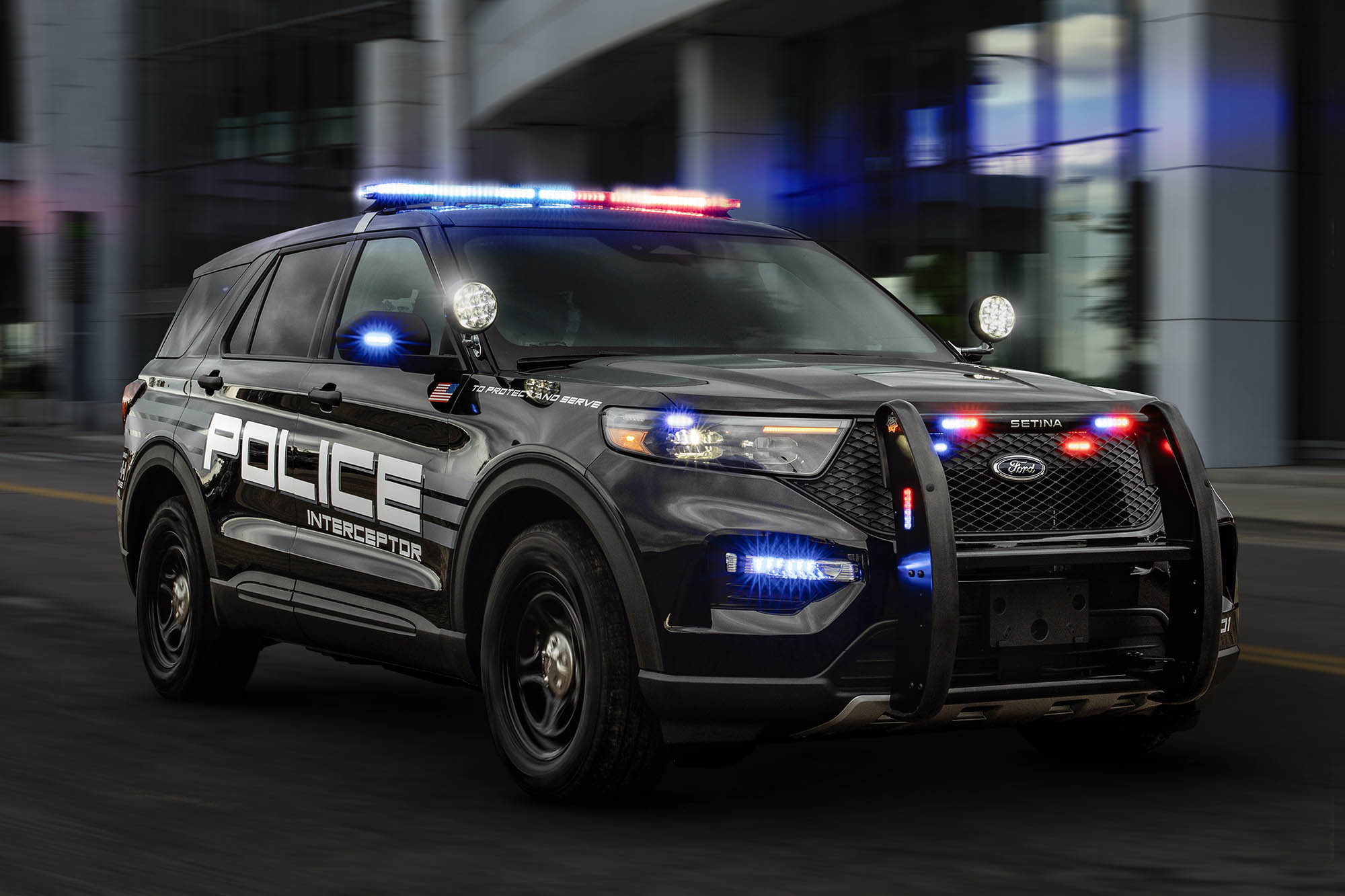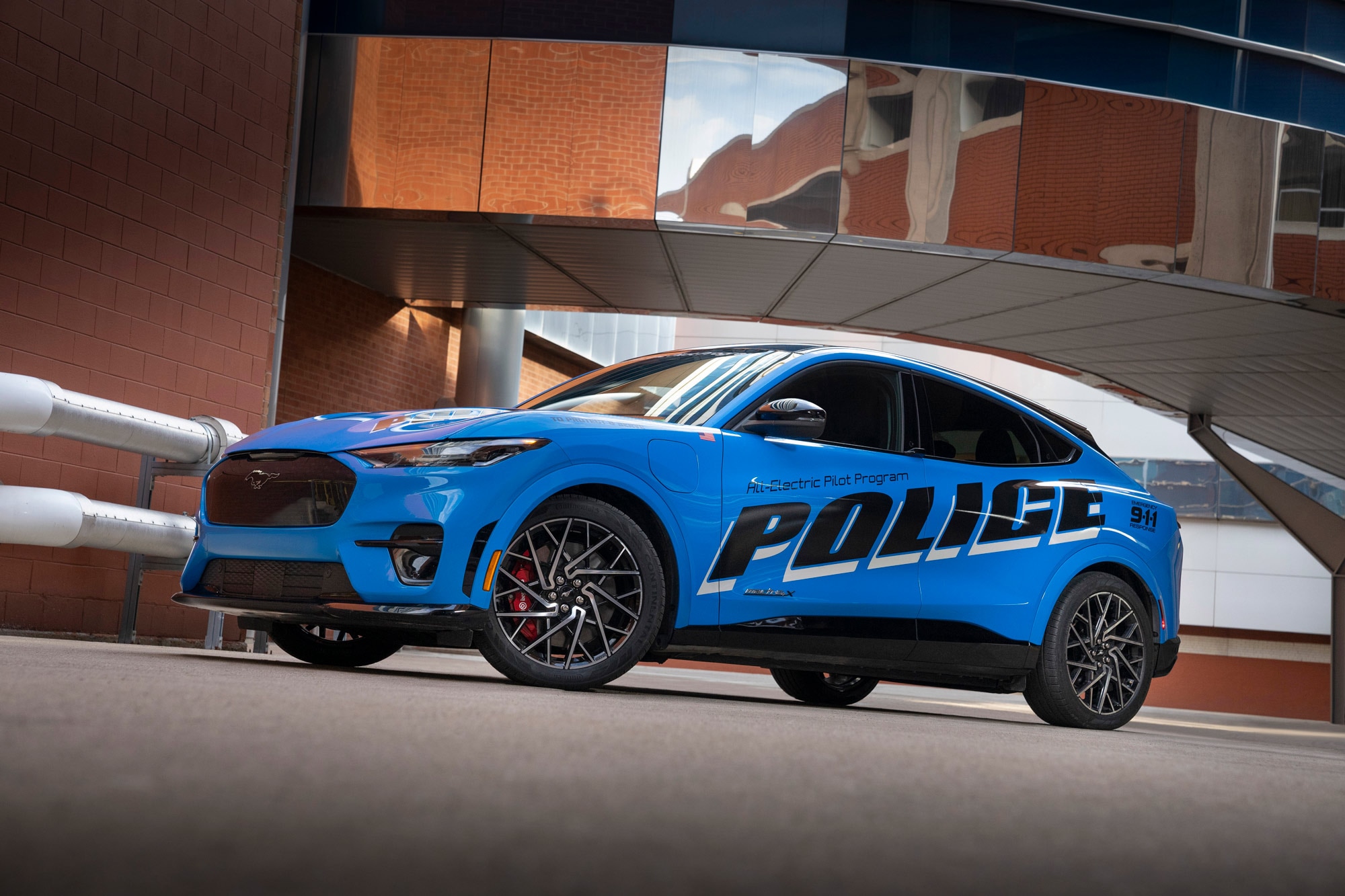Here's What Makes a Police Car a Police Car
Police vehicles are significantly different from their consumer counterparts.
 Dodge
Dodge
While officers need to chase down speeding drivers, police car design isn't all about going fast. Manufacturers make numerous modifications to prepare these vehicles for the unique demands of law enforcement.
In years past, full-size sedans — such as the Chevrolet Caprice and Ford Crown Victoria — were the go-to choice. But today's police departments employ SUVs, pickup trucks, and even electric vehicles (EVs) in the line of duty.
Chevrolet, Dodge, and Ford all offer police-specific versions of their production vehicles, with Ford's Police Interceptor Utility (PIU), being one of the most widely used.
 Ford
Ford
Interiors Designed for Police Vehicles Are Optimized for Officers
The interiors of police vehicles differ significantly from consumer versions. For example, to accommodate specialized equipment, the gear shifter is often moved from between the front seats to the column.
The front seats use different cushion materials and contours to accommodate an officer's duty belt, and incorporate anti-stab plates in the seatbacks. Rear seating is covered with heavy-duty vinyl, and unsurprisingly, lacks storage — or access to the door locks.
Ford also offers bulletproof doors that protect up to the U.S. Department of Justice's Level IV standard, which is designed to stop .30 cal armor-piercing rounds.
 Ford
Ford
Police Vehicles Feature Mechanical and Structural Upgrades
Automakers add mechanical and structural upgrades to most police vehicles. Not only do they need to aid in pursuing speeders, they also need to protect officers during traffic stops. Ford adds extra bracing to its PIU so it can withstand being rear-ended at speeds up to 75 mph, as being hit by another vehicle is a major concern.
Ford only offers all-wheel-drive (AWD) versions of its PIU, as damp median surfaces and wet grass can decrease traction. Along with heavy-duty steel wheels, upgraded alternators and batteries are also typical on police vehicles.
 Ford
Ford
Police Cars Are Extensively Tested
In October 2023, the Michigan State Police released the results of its test of 2024-model-year police vehicles. Vehicles from Chevrolet, Dodge, and Ford were all evaluated.
Prospective patrol cars are all subjected to rigorous acceleration and braking tests, including 20 full anti-lock braking stops from 60 mph. They must also successfully complete 32 laps of a two-mile road course designed to evaluate a vehicle's durability.
The Ford PIU, which packs an EcoBoost turbocharged 3.0-liter V6 making 400 horsepower, proved the fastest in the test, and attained a 148 mph top speed on a banked oval track. The quickest from a stop, however, was the Ford Mach-E AWD, which sprinted from zero to 60 mph in just 4.07 seconds. The second-quickest was the Chevrolet Blazer EV, which hit 60 mph in a brisk 5.17 seconds.
Written by humans.
Edited by humans.
 Chris Terry
Chris TerryChris Terry has been writing about cars since his sophomore year of college. His passion led him to his first job at the United States Council for Automotive Research, where he wrote about new automotive technology developed by Ford, Chrysler, and General Motors. He went on to freelance for Popular Mechanics and AutoWeek in addition to his work at agencies representing car companies and suppliers. Outside of writing, Chris is a semi-professional musician who regularly plays all over Michigan.
Related articles
View more related articles